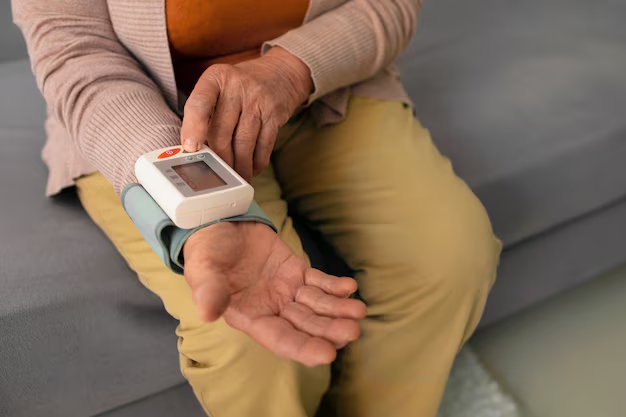The Risks Diabetics Face After Toe Amputations: What You Need to Know
Diabetes is a chronic condition affecting millions worldwide, often leading to complications such as neuropathy and poor circulation that can increase the risk of foot injuries and infections. In severe cases, these issues can necessitate toe amputations, which, unfortunately, may lead to more significant health challenges, including increased mortality rates. Understanding why this happens and the potential solutions available is crucial for those battling diabetes.
Diabetes affects the body’s ability to heal, causing even minor injuries to become severe issues. Peripheral neuropathy, a common condition among diabetics, leads to nerve damage that makes it difficult to feel injuries to the feet, allowing them to go unnoticed and untreated until they become infected. Poor circulation restricts the body’s ability to deliver essential nutrients and oxygen for wound healing. When infections or ulcers become too severe, amputations are sometimes necessary.
Why Toe Amputations Can Be Life-Threatening
While amputations can prevent life-threatening infections from spreading, they also pose significant risks:
Increased Stress on the Body: Amputations are major surgeries, demanding significant recovery energy. For diabetics, whose immune systems are compromised, the recovery period can be particularly taxing, more so if complications like post-surgical infections occur.
Impact on Mobility and Lifestyle: Losing toes affects balance and mobility, leading to reduced physical activity. This can aggravate diabetes by increasing blood sugar levels and contributing to weight gain, creating a vicious cycle that further endangers the patient’s health.
Psychological Effects: The psychological toll of an amputation is often underestimated. Depression and decreased quality of life can negatively impact physical health, making managing diabetes even more challenging.
Complications and Higher Mortality Rates: Studies have shown that, after an amputation, diabetics face a higher risk of further amputations and severe cardiovascular events like heart attacks and strokes, contributing to higher mortality rates.
Navigating Financial Assistance and Support
Facing a toe amputation is daunting not only for its physical and emotional implications but also for the financial strain. Hospital bills, rehabilitation, and necessary lifestyle adjustments can be overwhelming. Fortunately, several programs and financial aids can assist:
Government Assistance Programs: Programs like Medicare and Medicaid offer considerable support for diabetic care, including coverage for foot care, surgeries, and regular check-ups that can prevent severe complications.
Financial Assistance for Medical Bills: Nonprofits and other organizations sometimes offer aid to help cover excessive bills. These can include local charities and diabetic support groups aimed at reducing the financial burden.
Disability Benefits: In severe cases, diabetic complications can qualify for disability benefits, providing income assistance to those left unable to work.
Exploring Educational Opportunities
Knowledge is the first step towards prevention. Educational resources about diabetes management can offer much-needed insight:
Online Courses: Many organizations provide online resources and courses about diabetes care, which help individuals manage their condition more effectively and avoid severe complications.
Diabetes Workshops: Workshops and support groups can provide both educational and emotional support designed to empower those with diabetes to take control of their health.
By approaching the issue of toe amputations in diabetics from both a medical and lifestyle perspective, and utilizing available resources to manage and mitigate this severe complication, individuals can dramatically improve their quality of life and long-term outcomes.
Financial Support and Educational Resources 📋
- 🏥 Medicare/Medicaid: Coverage for necessary medical procedures and preventive measures.
- 💼 Nonprofit Assistance: Seek local charities dedicated to covering medical costs.
- ♿ Disability Benefits: Apply if complications severely impact work capability.
- 📚 Online Courses: Search for diabetes management courses to boost knowledge.
- 👥 Workshops/Support Groups: Engage with communities focused on diabetes education and support.
